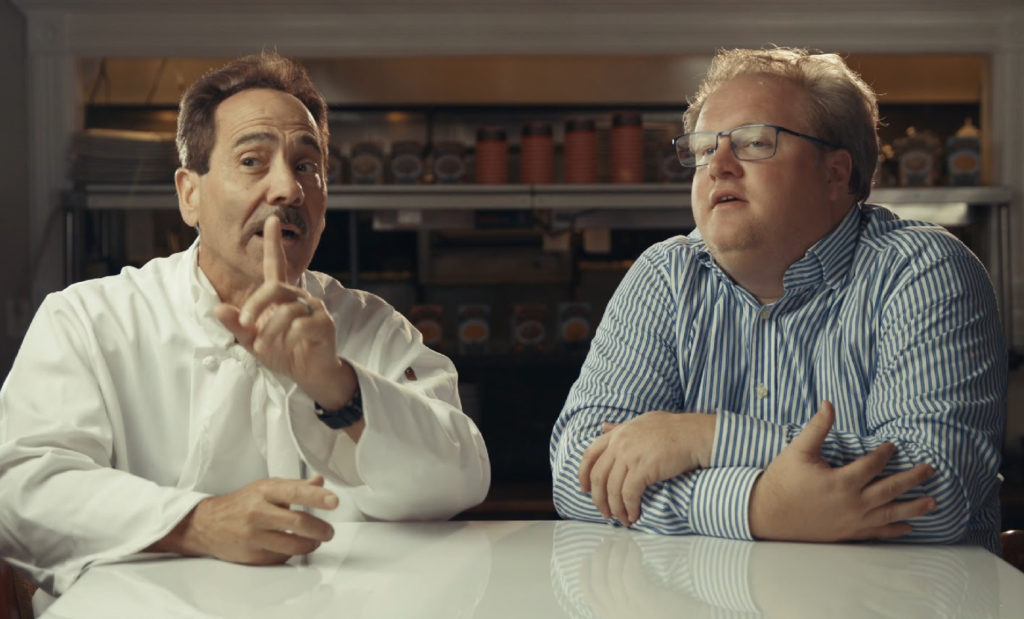
Branded food photography is perhaps the most important part of building brand equity for food companies and restaurants. Creating the right images, ones that highlight both the desirability of your food and the lifestyle that surrounds your food is vital for packaging, marketing and supporting sales. Enticing photos motivate people to action.
Photography can be useful in rebranding. The Original Soupman of Seinfeld fame, for many years, relied on imagery from the show depicting the famous character, the so-called “Soup Nazi” yelling “No Soup for You” to patrons waiting on line in his store. This highly memorable character played by actor Larry Thomas brought great value to the brand throughout the late 90’s and early 2000’s. Being attached to popular culture put the company in a league of its own.
While there has been plenty of comedy associated with the brand, over the years the nostalgia was no longer effective at boosting the brand’s recognition to younger shoppers who had never seen Seinfeld on television. The tie-in to the show was no longer driving sales. Moreover, their food and product photography was feeling old as well.
When Ernesto Cullari, now our Chief Marketing Officer began working on The Original Soupman project in 2018 his first goal was to introduce the brand to younger food shoppers by making the timeless character The Soup Nazi approachable to Millenials. Ernesto co-wrote and co-directed 3 commercials spots for the brand featuring the character as part of a duo. He reintroduced the somewhat abrasive character to consumers by softening his image and pairing him with a young hapless sidekick played by actor-writer Brandon Joyner.
The results were immediately apparent. Suddenly a controversial character that has been foundational to the brand’s identity, one that would have had difficulty resonating with consumers in a climate of political correctness, was suddenly relatable, heartwarming and approachable again. And the younger sidekick made the brand accessible to younger consumers who may not appreciate the Soup Nazi’s abrasive style, but could relate to the affableness of the more vulnerable character.
Food brings people together and your photography should reflect who eats it and how they eat it.
Not all brands have a popular culture tie-in. The Original Soupman has a market advantage over other soup brands because of the recognizable character the Soup Nazi, but without depicting who eats the soup consumers might not be able to see themselves in the brand. Lifestyle photography is a great way to show consumers that you can identify with them and they with you.
Soup is usually sold most in stores during the cold months of winter. To broaden the market we began depicting families eating soup while appearing to binge watch Netflix, highlighting the fact that soup is the ultimate comfort food.
But during the cooler months through fall and winter, we produced photography that positioned The Original Soupman as a great addition to the family table, giving it prominence right alongside such staples as roasted chicken and mashed potatoes.
Every brand has its positioning in the marketplace. If your target demographic focuses on fitness people then show your food or beverage being consumed after a workout, with the models in the proper setting and in the proper attire. Being authentic with imagery and taking care to communicate effectively to your core constituents can be very impactful on sales and building brand equity.
If your brand or restaurant food photography is to be provocative and tempting in a way that can directly drive sales then it must immediately create a strong impression and narrative on its own. Our goal with the display and packaging photography for The Original Soupman was to produce photographs that clearly highlighted the whole food ingredients and their abundance in each serving. The images were used as displays throughout stores and the rest were to be seen on the individual boxed packaging, which are still featured on grocery store shelves across America.
Food is naturally colorful, textured and dynamic. The best a brand can do is to let the food speak for itself.
Here are just two images from that campaign. Each clearly conveys what’s in each serving:
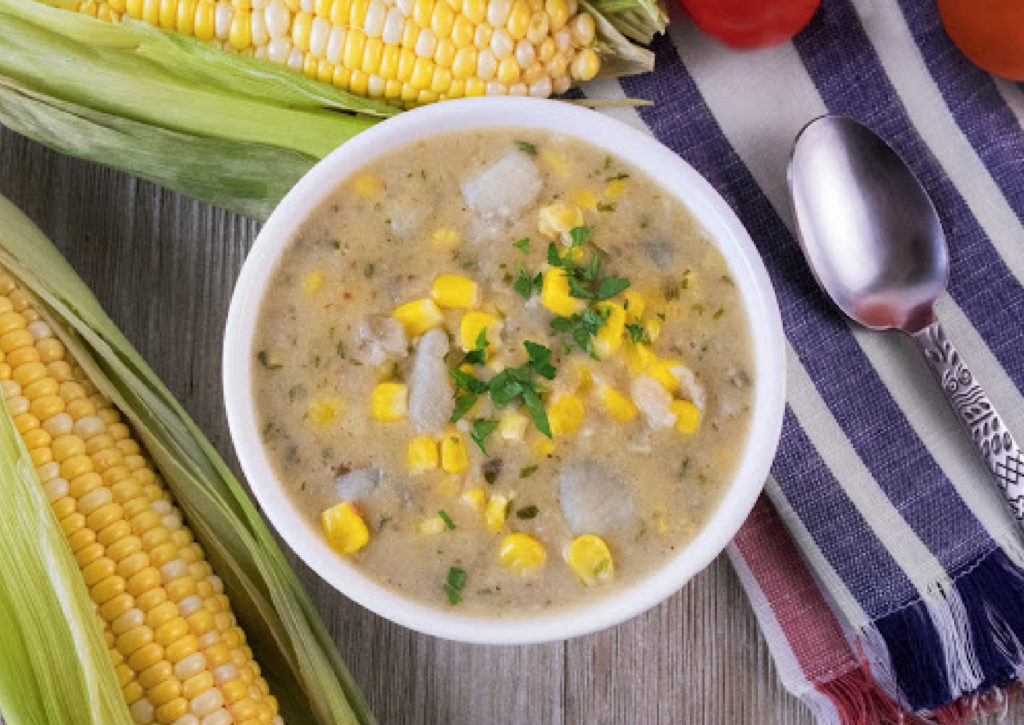
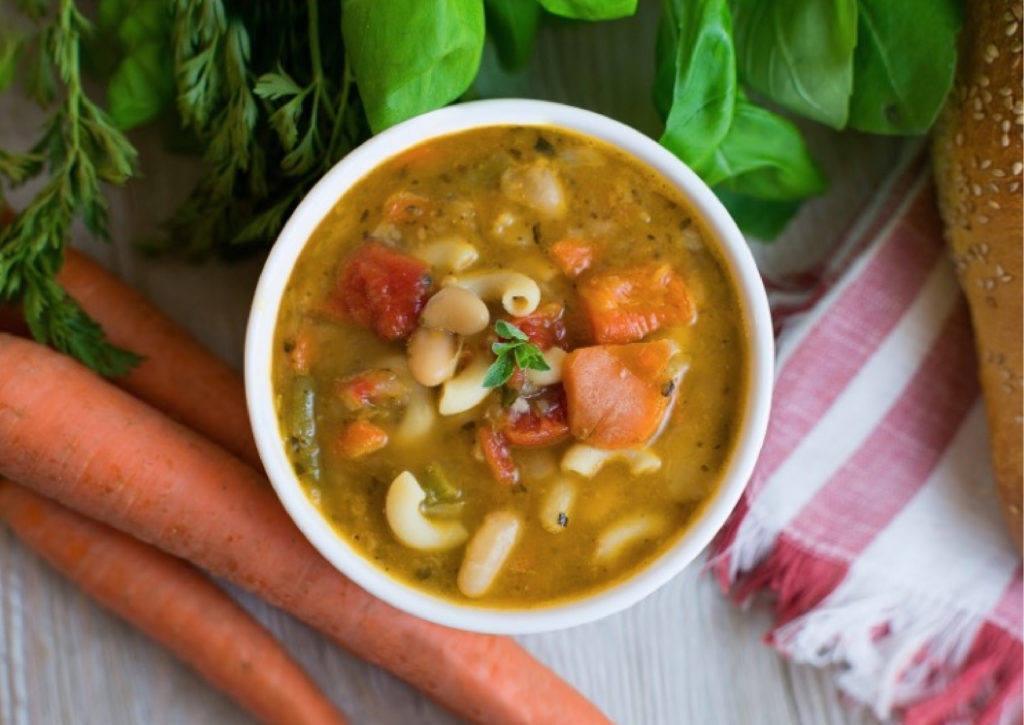
High-quality food photography for restaurants and hotels is a great way to differentiate your brand and your establishment from the competition. A recent collaboration with celebrated Chef and restaurateur David Burke highlights the fact that simplified or minimalistic food photography can be bold, beautiful and effective at driving business.
In this series of images, each dish tells the entire story without the aid of props or surroundings. The food styling and presentation is balanced with both color and precise serving proportion, allowing clients to see exactly what they are getting for their money. The end result looks like fine art.
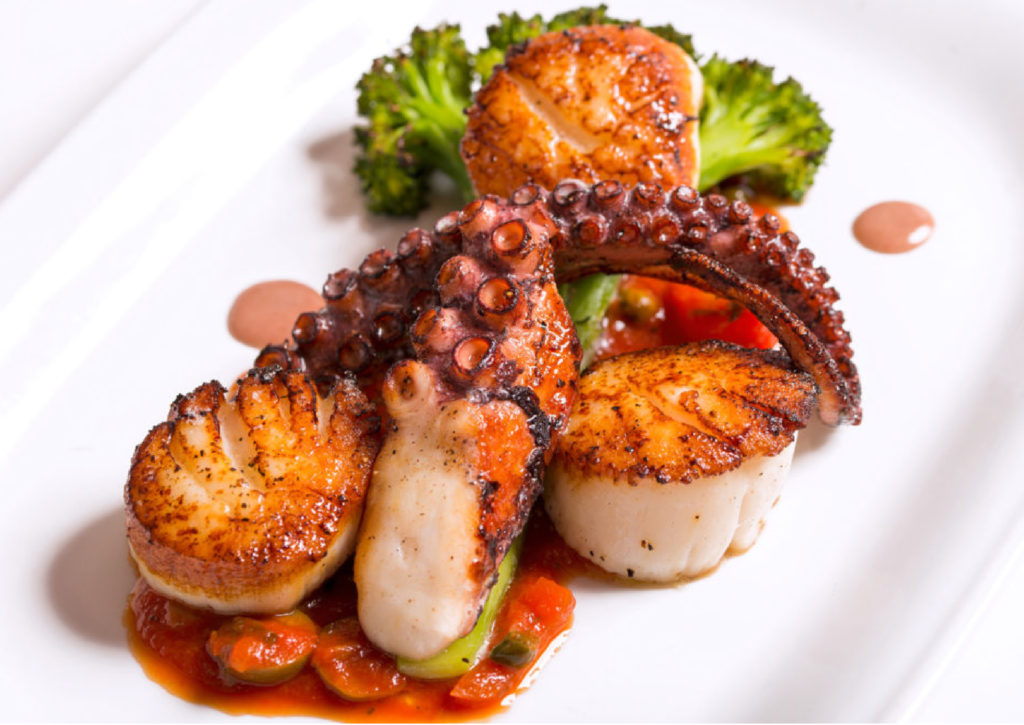
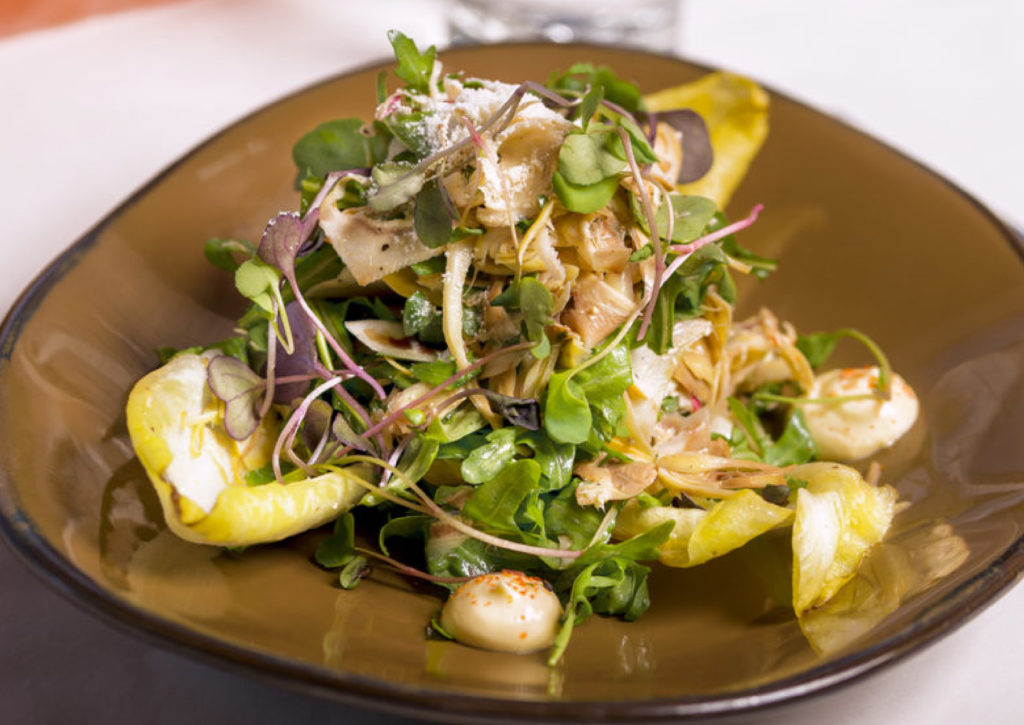
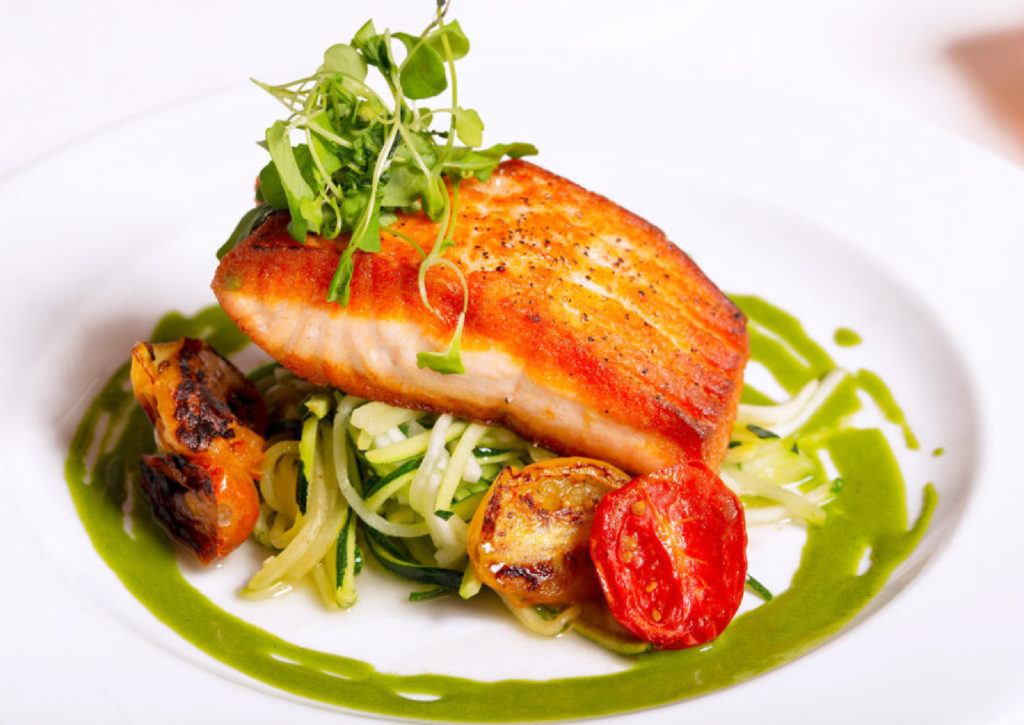
Whether you’re a food brand or a restaurant looking to disrupt the market, or a legacy food company looking to rebrand or revitalize your business, high-quality food photography immediately conveys both the desirability and the supreme quality of your product. If you want to increase sales, give your customers something to feast their eyes on.
To see more of our photography click here.
